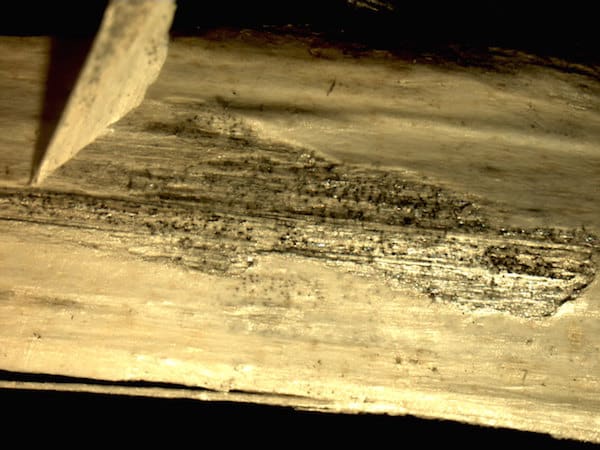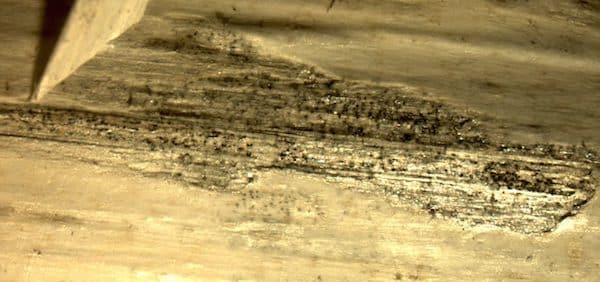Verticillium wilt of canola has been renamed verticillium stripe. Why? The pathogen in question, Verticillium longisporum, does not appear to produce wilt symptoms in canola, so the “wilt” name used to describe the potato and sunflower disease caused by the related fungus V. dahliae infection does not apply.

In Europe, where V. longisporum infection in canola has been reported for years, the disease is sometimes referred to as the “invisible disease”. Research will continue in fields in Western Canada in 2016 to see if any yield loss is associated with the striping symptom in canola.
The Canadian Food Inspection Agency reports that V. longisporum was most prevalent in Manitoba canola fields in 2015, and less prevalent in Alberta and Saskatchewan fields. Studies will need to be done to help determine the origination of this pathogen. However given that nobody in Manitoba had noticed the canola disease until now, despite the high prevalence, the disease is unlikely to be causing yield loss.
Further reading:
RealAgriculture’s Canola School article on V. stripe
Updated Canola Encyclopedia section

